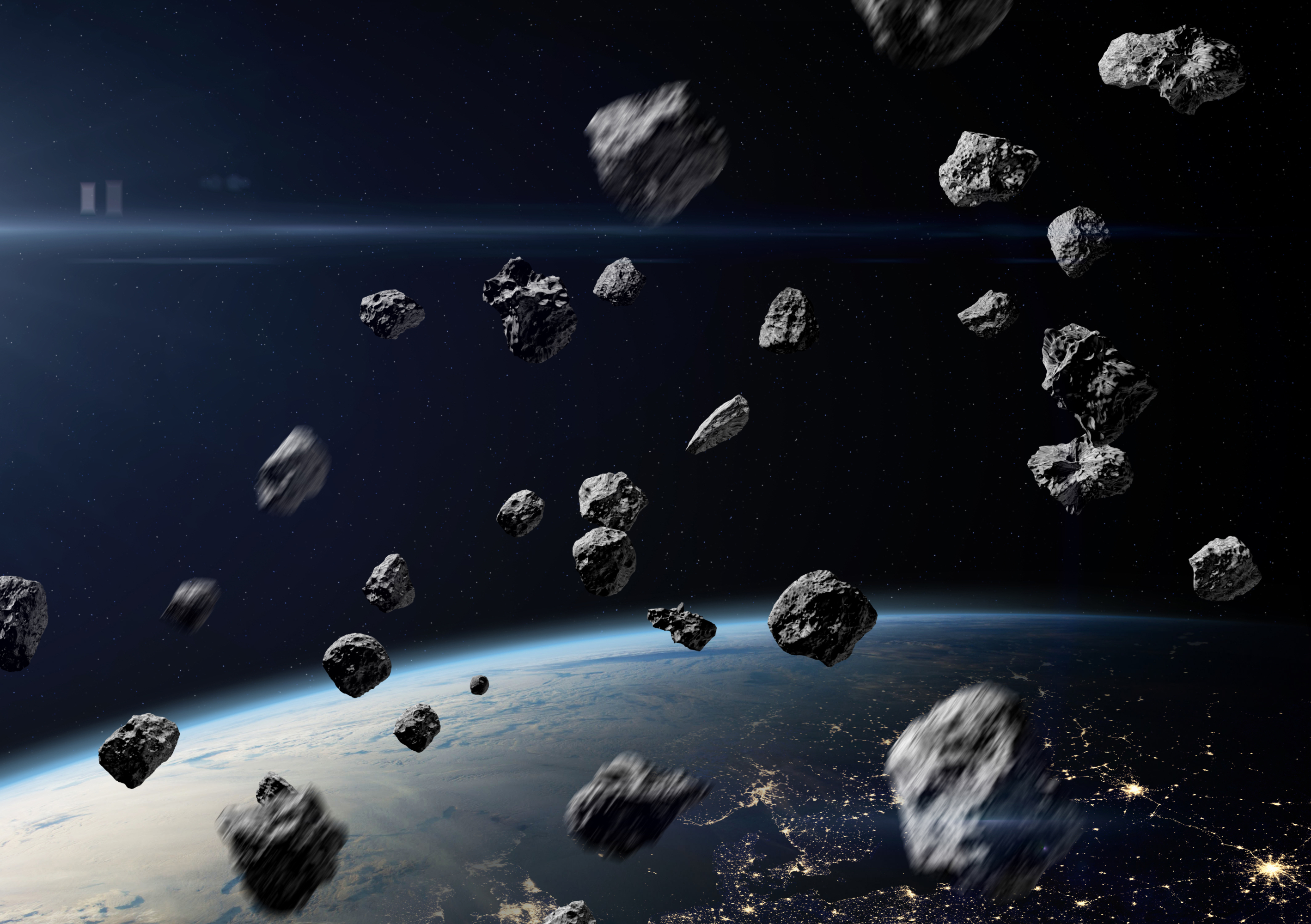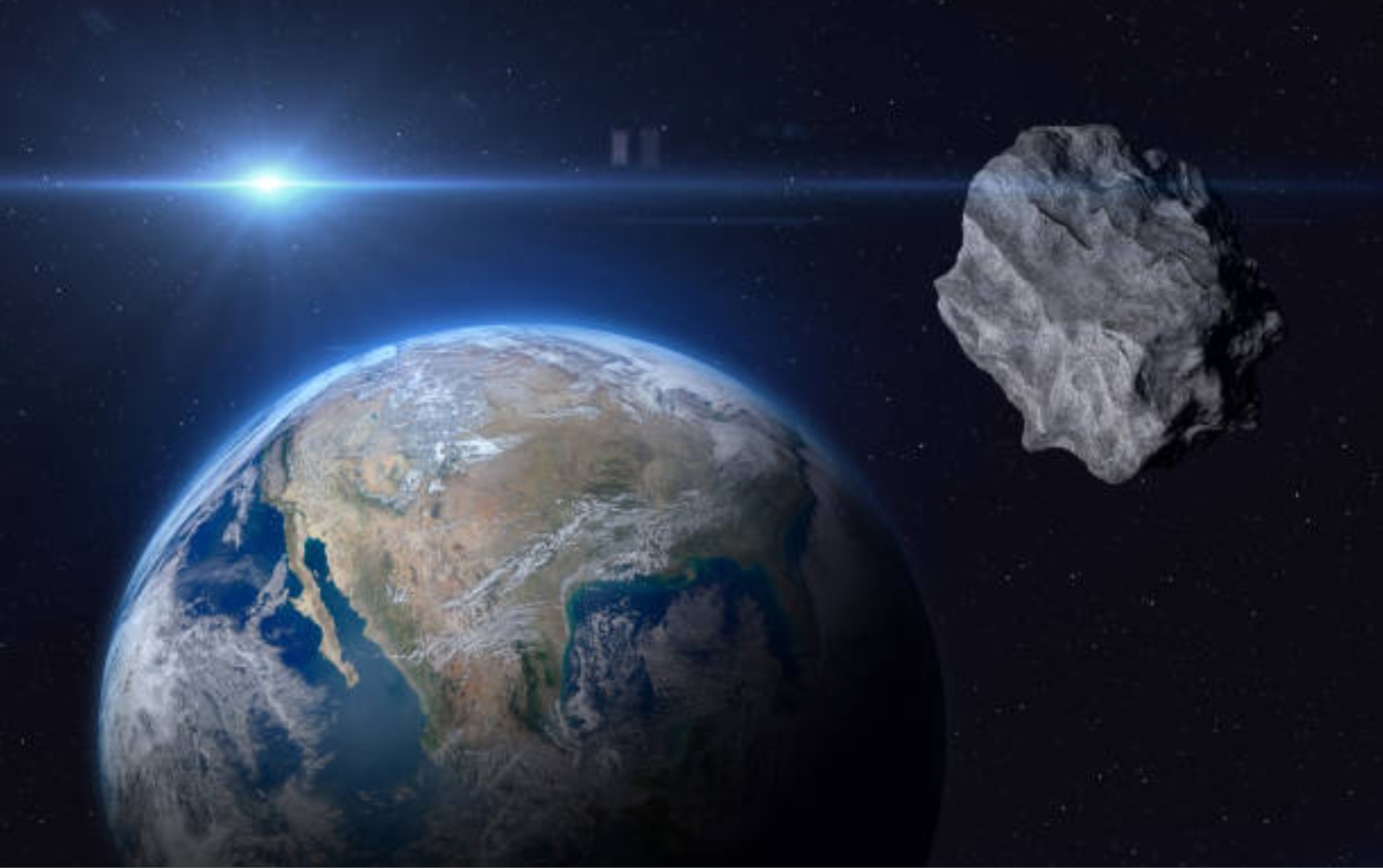After detecting asteroid 2024 YR4, they recorded other objects heading towards the solar system

After identifying meteorite 2024 YR4 and considering the possibility that its trajectory will cross that of Earth in 2032, researchers detected a series of stellar objects approaching from a nearby galaxy in early February.
Constant risk in space The space environment is characterized by permanent risk, where the formation and destruction of celestial bodies is a constant reality that also affects our planet.
Although both NASA and the European Space Agency (ESA) reported on the low probability of collision of 2024 YR4 , scientists from the University of Western Ontario, in Canada, pointed out that Alpha Centauri "could have sent" unknown material here.

Rock ejection. Photo: iStock
According to the study carried out by astrophysicists Cole R. Gregg and Paul A. Wiegert, there are more than a million unidentified objects originating in that nearby star system that are currently roaming around, with numerous examples present in our own solar system.
Researchers determined that gravitational interactions in Alpha Centauri—composed of Alpha Centauri A, B, and Proxima Centauri— produce such a significant exchange of energy between its stars and planets that it results in the ejection of rocks into our environment.
(Of interest: Asteroid 2024 YR4 could fall in Colombia ).
Background of interstellar objects In 2017, a 100-metre-long object of no local origin was recorded in the system and named Oumuamua. Following analysis by Canadian scientists, it was speculated that this body had travelled from Alpha Centauri, covering a distance of 4.25 light years.
Trajectory and detection It is estimated that this type of material can take up to 10 million years to arrive, subsequently becoming trapped in the Oort Cloud, the icy region that delimits the solar system.
Because only one in a million of these objects is detectable with the most advanced telescopic technology, distinguishing between the proper bodies is a challenge.
Statements from experts In the analysis, the specialists said: “Although mature star systems likely eject less material than those in their planet-forming years, the presence of multiple stars and planets increases the likelihood of gravitational dispersion of the members of any remaining planetesimal reservoir, much like asteroids or comets are currently being ejected from our solar system.”
It was also determined that these objects can vary from microparticles to large rocks, and it is estimated that approximately 10 interstellar meteorites from Alpha Centauri enter Earth each year.

Several meteorites enter. Photo: Istock
The stellar structure is projected to reach its closest point to our system in 28,000 years, potentially triggering an unprecedented interstellar exchange.
During that extended period, scientists will have the opportunity to analyze emerging behaviors, although the occurrence of large-scale impacts on Earth will still be several millennia away.
Furthermore, this approach is expected to yield particles containing organic material from the planets of Alpha Centauri, data that could provide relevant information on the possibility of life similar to that on Earth.
The researchers concluded: “A deep understanding of the mechanisms by which material could be transferred from Alpha Centauri to the solar system not only deepens our knowledge of interstellar transport, but also opens new avenues for exploring the interconnectedness of star systems and the potential for material exchange across the galaxy.”
The Nation (Argentina) / GDA.
Will an asteroid hit Earth in 2032? More news in EL TIEMPO *This content was created with the assistance of artificial intelligence, based on information published by La Nación (GDA), and was reviewed by a journalist and an editor.
eltiempo






